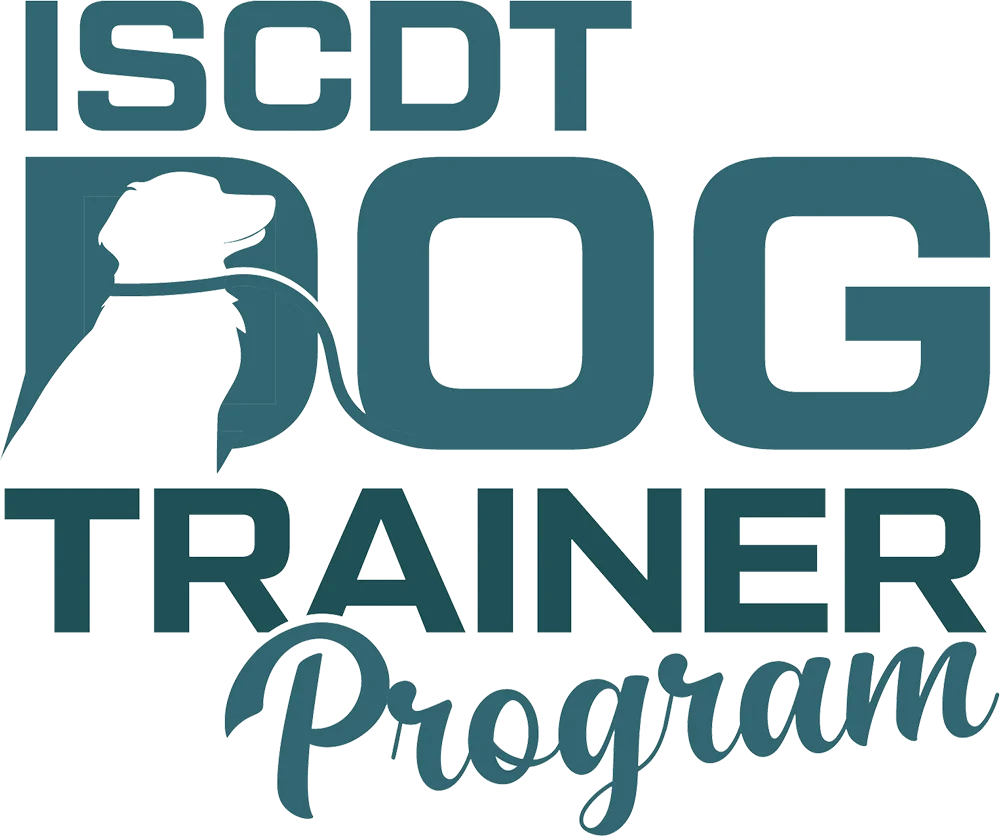Whether your state is slowly coming out of Covid-19 lock down or you are returning to work after any other extended period of being home, your routine is about to change. You’ll once again enjoy spending time with family and friends, returning to the gym and the arts. Basically, your social life will resume.
For many dogs, this return to normal means long stretches of time spent alone, away from the people they love most. This reality can lead to stress and depression for your pets. Anyone who suffers with anxiety can tell you how horrible it is.
In order to make the transition as painless as possible, we have provided ten tips to help your dog slip back into the routine they knew before our world was turned upside down by the pandemic (or any other reason that may have kept you sidelined). These tips are especially important for the puppies and dogs adopted during the pandemic (or summer vacation).
Keep your exercise and dog training routine. With the extra time on our hands, many of us enjoyed daily strolls and frisbee throws with our dogs. A return to normal does not mean that exercise should abruptly stop. Continue whatever exercise routine you’ve created with your dog while you’ve been home. If you haven’t taken advantage of the extra time to train your dog, start training now. Dogs are more relaxed when they know their human takes the leadership role.
Routine…Routine. Dogs thrive on routine. Unpredictability causes stress for a dog. If mealtime and bedtime routines have drastically fluctuated while you’re home, it is important to get your dog back into a normal routine of eating and exercising each day. It is equally important that your dog relax certain times of the day without anyone bothering him. No petting, holding or snuggling. Let your dog rest in his own space without interruption or affection.
Confinement. If your dog is normally confined when you leave him home alone (in a crate or a room), have him spend a short time in that space each day. Begin with 5 minutes, build to 15 minutes and then a half hour. Preparing your dog gradually for confinement will make it easier when you are gone for long periods of time. Even the most laid back dogs may feel stress when we return to work.
Entertain yourself: Dogs who are bored can become destructive. So can dogs who are anxious. It is important that our dogs know how to entertain themselves, both when we’re home and away from home.
- Introduce treat-releasing balls and puzzles.
- Fill a marrow bone or Kong with a filler that can be frozen for extra-long enjoyment.
- Let her enjoy a scavenger hunt by hiding treats throughout the space your dog occupies.
- During the pandemic, we kept the cardboard tubes from toilet paper and paper towel rolls and placed food inside by folding each end to secure the food. Our dog has a great time tearing the cardboard and retrieving her reward.
- Make frozen treats for your dog to enjoy. (Google recipes)
- Surprise your dog by leaving a lick mat affixed to a surface so she can lick the yummy treat you spread across it.
- Leave a busy bucket for your dog. Fill the bucket with snacks and toys to play with. Google busy bucket for fun tips.
- Introduce a snuffle mat and make them forage for the food.
Watch TV. Turn on Animal Planet and allow the sounds and sight of other animals keep your dog occupied. You can also move the crate (or your dog’s bed) in front of a glass door or a large window so they can watch the world go by. Provide a safe and enjoyable chew toy for added comfort.
Time away Before life shifts into high gear again, take a breath and spend time caring for yourself. Whether you enjoy gardening, a brisk walk, learning something new or meditation. Spend time doing what you enjoy, while your dog spends time at home enjoying the activities we suggested above.
Create calm. So often we read that essential oils and classical music can calm a dog. If not done properly, I feel it can trigger anxiety. Rather than diffusing essential oils** or playing music that the dog is not used to, introduce it while you and your dog spend quiet time together. It can be during a cuddle session, while brushing or massaging them or when you are resting side-by-side.
After a while, these familiar sounds and smells can be calming for your dog when you’re away, because it reminds him of happy times spent with you. In the meantime, play talk radio or the TV since speaking is what the dog normally hears when you are home.
** Read safety warnings when using essential oils as some can be dangerous for animals. Remember your dog’s sense of smell is considerably stronger than your own. Keep the diffuser out of reach and away from your dog’s resting place.
Change your routine. If the sight of your running shoes or the sound of keys jingling send your dog running for the front door, it’s time to change up your routine. Desensitize your dog to these sounds and sight triggers. Open and close the closet door without retrieving anything. Put your shoes on and then watch television or sit at your computer. Retrieve your purse, place the strap on your shoulder, walk around the house and then put it away. Basically, you are removing triggers that signal your dog that you are about to leave with or without him.
End the dramatic departure. Don’t make a big deal out of leaving your home. There is no need or you to say goodbye to your dog or remind him that you will return. He will not be put off by your silent departure. What can upset the dog is the change in energy when you depart and arrive back home. Arrival and departure from the home should not be an event. It should be done without the dramatic fanfare.
Dog Walkers and Doggy Daycare. Hiring a dog walker can help your dog get through the day by providing exercise and breaking up the monotony. Spending time in doggy daycare a couple times a week is another great option. Playing with other dogs is exciting. The high energy activity will likely keep your dog tired the whole next day. A tired dog is a good dog — and often, a less stressed dog too.
Whether we are happy about it or not, returning to regular life is a reality for everyone. Don’t give up if your dog is unhappy at first. Starting a new routine takes time, work and discipline. Balance exercise, affection and rest to make the process easier for all of you.
Written by Katie McKnight
ISCDT’s self-paced, 18-lesson, online course prepares you for a new career as a #dogtrainer. Your personal mentor helps build your skill through written assignments and video submissions of you working with #dogs. Visit our website to learn more: https://iscdt.com/product/iscdt-certified-dog-trainer-course/…




